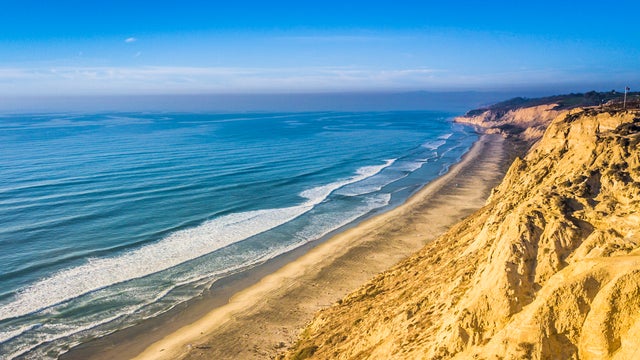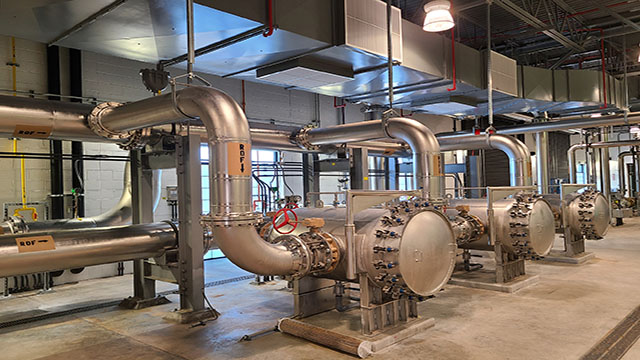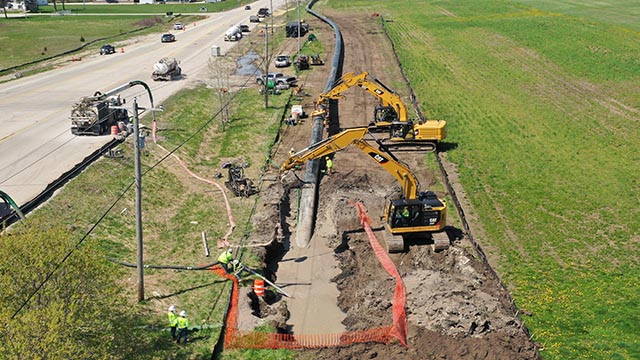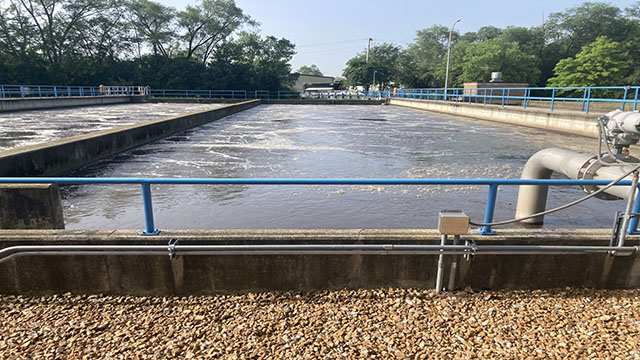When Black & Veatch first launched its annual assessment of the U.S. water industry 10 years ago, the sector was dealing with the lingering impacts of the financial crisis. Funding was deemed grossly inadequate to upgrade infrastructure that was well past its prime, and many communities struggled to match necessary investments with flat or declining revenue.
Yet the search for “green shoots”— signs of economic recovery — yielded some promise. Virtually everyone believed “sustainability” could carry significant benefits, though a unified definition was elusive. Data’s vast potential in managing and optimizing assets was on the industry’s radar, though actually seeing it in practice was another matter.
A decade later, many of those takeaways remain. Black & Veatch’s 2022 Water Report — based on expert analyses of a survey of more than 300 stakeholders in America’s water, wastewater and stormwater sectors — magnifies how so many things have grown more complex.
As infrastructure continues to age, so are the industry’s workers, heading in droves into retirement and taking their skills and institutional knowledge with them, posing formidable staffing dilemmas in a historically tight jobs market. The embrace of data in driving decision-making — a key in enabling utilities to do more with less in this new frontier of “digital water” — is recognized for its promise but still lags in adoption. “Cybersecurity,” “climate change” and “decarbonization” — unmentioned in the 2012 report — have emerged as pressures the industry can’t ignore. Concerns about evolving regulations are deepening.
Yet opportunities and optimism abound. Funding through spending measures such as the American Rescue Plan Act of 2021 (ARPA) and the $1.2-trillion Infrastructure Investment and Jobs Act (IIJA) present a generational opportunity to invest in long-overdue water projects. The big problem: Many utilities, while insisting they’ll pursue some of that infusion they so craved a decade ago, aren’t quite sure how to go after it.
Welcome to the complicated world of water, where old ways of thinking are giving way, albeit relatively slowly, to what’s new and possible in addressing chronic pain points in 2022 — the 50th anniversary of the Clean Water Act — and beyond.
Pipes and Peers: The Nagging Challenges of Age
A decade ago, survey respondents were declaring aging water and sewer infrastructure as the industry’s foremost concern. That hasn’t abated; in perhaps the least surprising data point, nearly two-thirds of respondents — 63 percent — to this year’s survey still put it atop the list, down nearly 12 percentage points from a year ago.
From there, the latest findings get more telling. Over time, workforce-related issues have ascended in the rankings, with the challenge of hiring qualified staff — not included as a survey option in 2012 and ranked No. 14 in 2017 — now rising to No. 2. The industry’s aging workforce jumped three spots to No. 4 over the past decade, just behind increasing or expanding regulations — an issue that ranked fifth in 2012.

The exodus of older skilled workers is headache-inducing for many water utilities, who now look to fill the void through automation, outsourcing and an ever-thinning pool of recruits who enjoy more career options and greater leverage for various reasons. Fewer people generally seek out water utility work, and the pursuit of their talents has devolved into a bidding war that hamstrings utilities — especially the smaller ones — saddled with tight budgets.
Data: A Path to Resilience, Sustainability
The unrelenting hands of time that impact all infrastructure systems and those who’ve managed them are stoking awareness of everything data can do. Going digital can help water utilities get more efficient and resilient through actionable information to evaluate and optimize the asset performance while tipping them off to potentially looming failures.
Yet so often, it’s a missed opportunity. Roughly seven in 10 respondents say they’re collecting “lots of data,” though slightly more than one-quarter believe they are leveraging it effectively. They’re losing out, given that precisely harnessing data — and broader artificial intelligence technologies — offers abundant rewards, from providing a holistic view of the water system to enhancing efforts to track consumption, drive efficiencies, save energy and prioritize investment dollars, heightening resilience and sustainability.
Since its absence entirely by name in Black & Veatch’s water report a decade ago, sustainability has proven to be much more than just a buzzword. Some 72 percent of survey respondents now say their enterprise has sustainability goals and the means to measure them, up roughly 7 percentage points from last year. Slightly more than half say separately they’ve adopted sustainability goals without pressure from community or regulatory forces.
All the while, nearly two-thirds cast sustainability as a critical strategic focus in the water sector, though one-third say sustainability “sounds good” but isn’t a priority. Seven in 10 from utilities that serve more than 500,000 customers deem sustainability a priority, compared with 58 percent of those who serve fewer than that population threshold, showing the elements of divergence that our reports have demonstrated between systems big and small across various technology and workforce fronts.
Approaches to greater sustainability vary, with proactive replacement of infrastructure leading the way at 72 percent, followed by asset management programs (60 percent) and water conservation initiatives (41 percent). As decarbonization gains momentum across all utilities, nearly 30 percent of water sector respondents say they’re pursuing initiatives involving green energy, with an identical showing for using analytics and dashboards to empower operational discussion.

Funding: Welcomed Help from Uncle Sam
Without question, inadequate funding and the numbing price tag of needed infrastructure upgrades have been years-long headwinds for the industry. Nearly 40 percent of respondents believe funding for capital projects will not be enough over the next five to 10 years. By a two-to-one margin over their bigger counterparts, utilities with fewer than 500,000 customers think that’ll be the case. Overall, 34 percent say funding will be sufficient, while 16 percent believe it’ll merely meet the requirement.
But when it comes to confidence or optimism about whether such long-awaited, approved help from federal taxpayers will help turn the tide, results are mixed.
Feeding into state revolving funds as part of partnership between states and the U.S. government, tens of billions of dollars from the IIJA over the next five years will go to critical water investments, including projects involving drinking water and sewers. Billions more are bound for cities and counties under ARPA.
A combined 58 percent of respondents say they’re pursuing ARPA funds, with one-third intending to seek IIJA money intended for water infrastructure and resiliency efforts. Yet when pressed why their organizations haven’t taken advantage of funding mechanisms, top reasons included that they were administratively too burdensome (37 percent), the programs were too restrictive (27 percent) and there was a lack of awareness about them (21 percent).
Asked separately whether they’re accelerating capital projects because of new state or federal funding sources, just one-third of respondents said they “might or might not” — the top reaction. One-quarter reported “probably yes,” with one in five “probably not.”
As described later in this report, the IIJA represents more of a lifeline to the water industry — not a panacea, given that more long-term investment will be essential to addressing decades of underinvestment.
But in a sector rife with challenges — from ridding contaminants in drinking water to thwarting cyber criminals, and confronting and tackling climate change’s effects ranging from hurricanes to flooding, droughts and wildfires — it’s another positive step forward.
_
About the author
Mike Orth is president of Black & Veatch’s governments and environment business. Before that 2021 appointment, Orth served as executive vice president and managing director of Black & Veatch’s water business in the Americas. He has guided the company’s growth efforts in supply, storage, treatment and conveyance by delivering projects for clients through both traditional methods and alternative solutions such as design-build, performance contracting and public-private partnerships.








